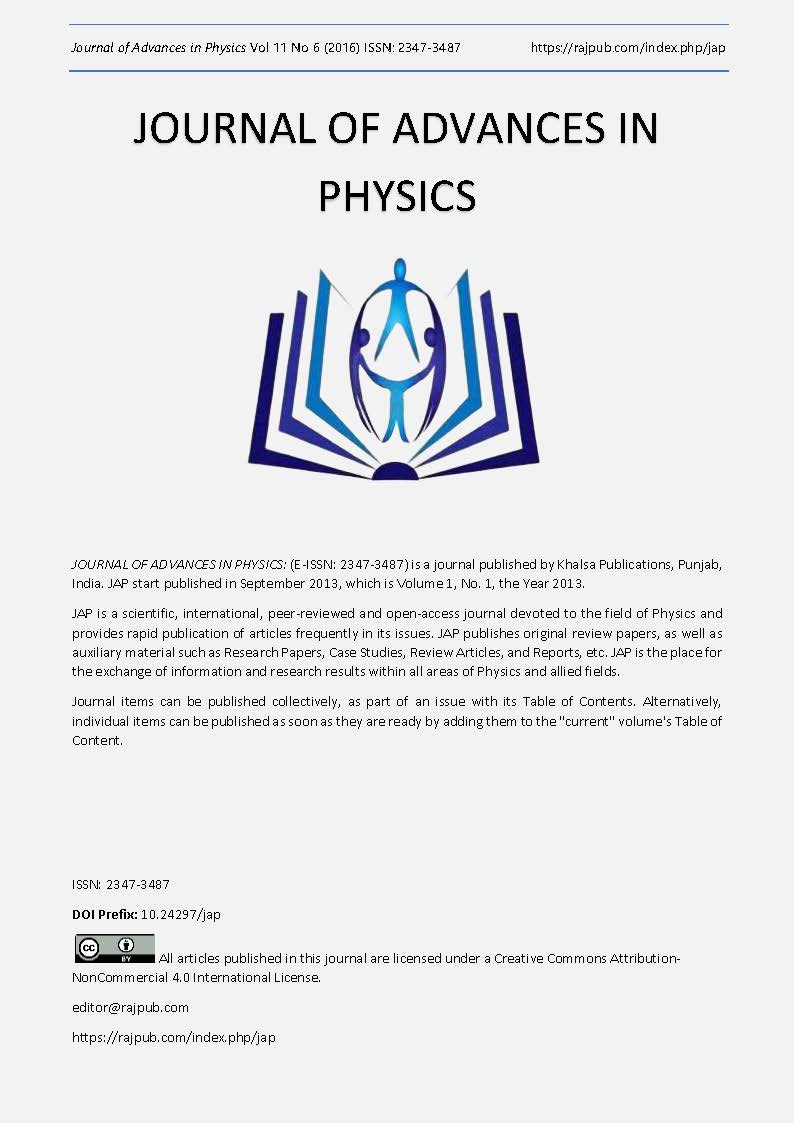Acceleration of Radiative Decay of Photon Counts With Increasing Numbers of Measurement Units: A Potential Large Scale Negative Zeno Effect That Matches With Lorentz Contraction and Photon Acceleration Durations
DOI:
https://doi.org/10.24297/jap.v11i5.352Keywords:
Zeno Effect, photon radiative decay, multiple measurements, Lorentz contraction, negative Zeno effectsAbstract
The reverse Zeno effect whereby an unstable quantum state associated with radiative decay is accelerated by frequent measurements was demonstrated experimentally for numbers of spontaneous photons in a 3 m3 hyperdark chamber during the 60 s following a burst of applied photons. Numbers of photon counts were measured from one digital photomultiplier unit when either 1 (the reference) or 2, 3, or 4 units were measuring simultaneously. There was a median decrease of 50 photons per s with the addition of each additional simultaneous measurement by another unit. The energy was ~ 10-17 J per s and is equivalent to a wavelength of 10 nm. This quantity is equivalent to the energy of one neuron in the human brain displaying its upper limit (~1 kHz). The results suggest that this increment of energy may be a standard quantity that reflects the numbers of measurements by similar photoelectric currents to the decay of a single photon burst. The approximately 30 to 40 s required for the decay of photons per unit to inflect towards asymptote is consistent with the solution for the Lorentz contraction for the shift in electron mass-energy (10-17 J) with a wavelength of ~10 nm. The 30 to 40 s value is a solution for several applications to novel calculations involving fundamental parameters within the structure of space-time.
Downloads
Downloads
Published
How to Cite
Issue
Section
License
 All articles published in Journal of Advances in Linguistics are licensed under a Creative Commons Attribution 4.0 International License.
All articles published in Journal of Advances in Linguistics are licensed under a Creative Commons Attribution 4.0 International License.




